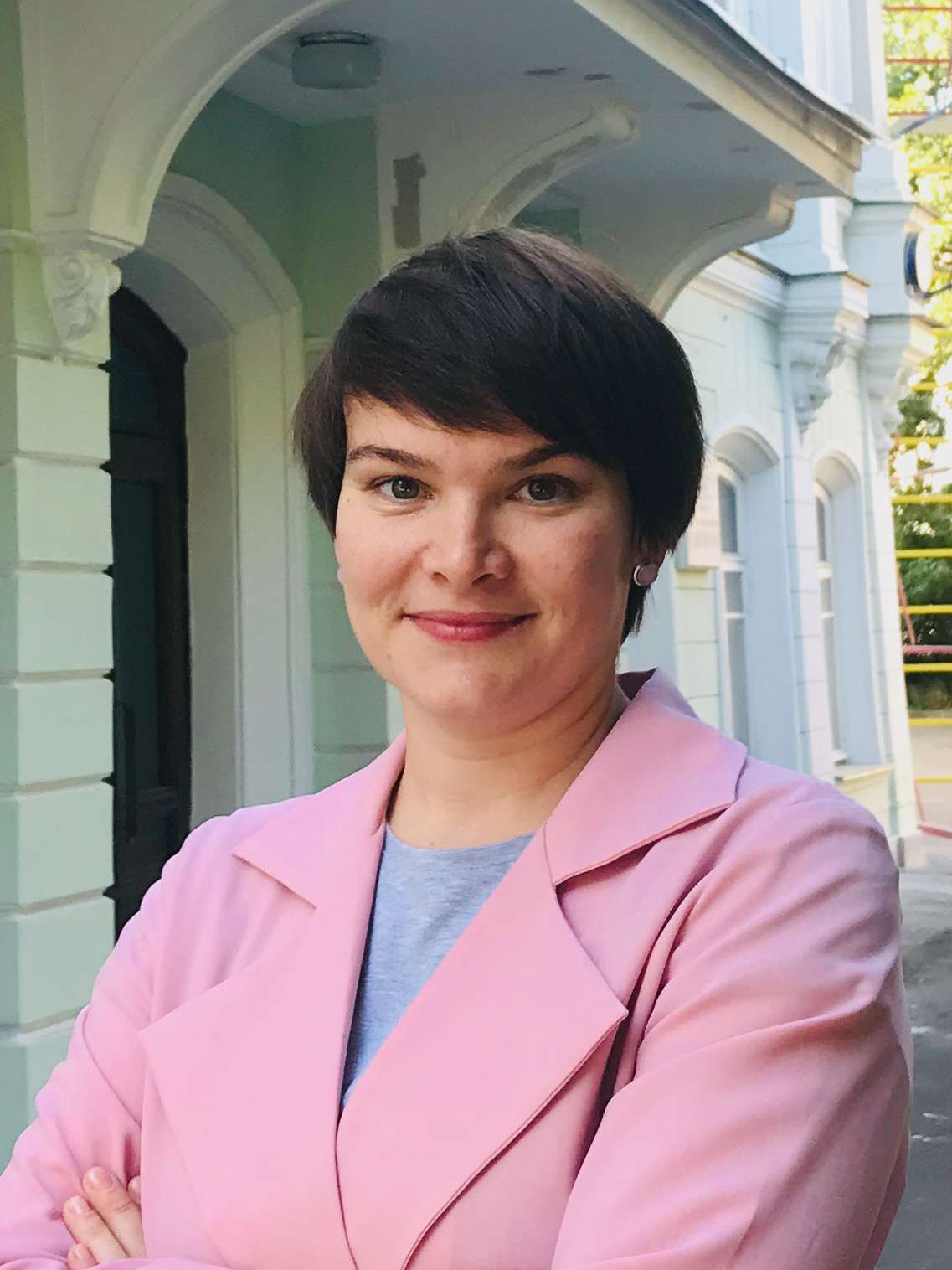Abstract: Massive O and B stars reveal the places of their birth by powerful ultraviolet (UV) radiation. The stellar UV photons illuminate and heat the surrounding gas up to thousands of Kelvin. UV photons from the massive stars ionize hydrogen atoms and lead to the formation of HII regions. The HII regions continue to grow in size, driven by the difference of the thermal pressure between the hot ionized and the cold neutral gas. Shock waves accompany the expansion and move ahead of the ionization front into the neutral surrounding material. The shock compresses the neutral gas and collects it in a dense neutral shell. A photodissociation region (PDR) is formed between the hot ionized and cold molecular material compressed by the shock. The PDRs around HII regions often appear as ring-like or arc structures in 8-um Spitzer and 12-um WISE images due to emission from bending/stretching modes of polycyclic aromatic hydrocarbons excited by the UV radiation, and also in Herschel images at longer wavelengths due to thermal emission from heated dust grains. Behind the PDR, cold molecular material survives, where formation of complex organic molecules takes place in dust grain mantles. In our studies, we try to cover (observationally and theoretically) all these aspects of the gas and dust transformations in the vicinity of young massive stars. We will discuss the spatial structure of HII regions together with the kinematics of gas and dust in surrounding PDRs as well as star formation in adjacent molecular clouds.

